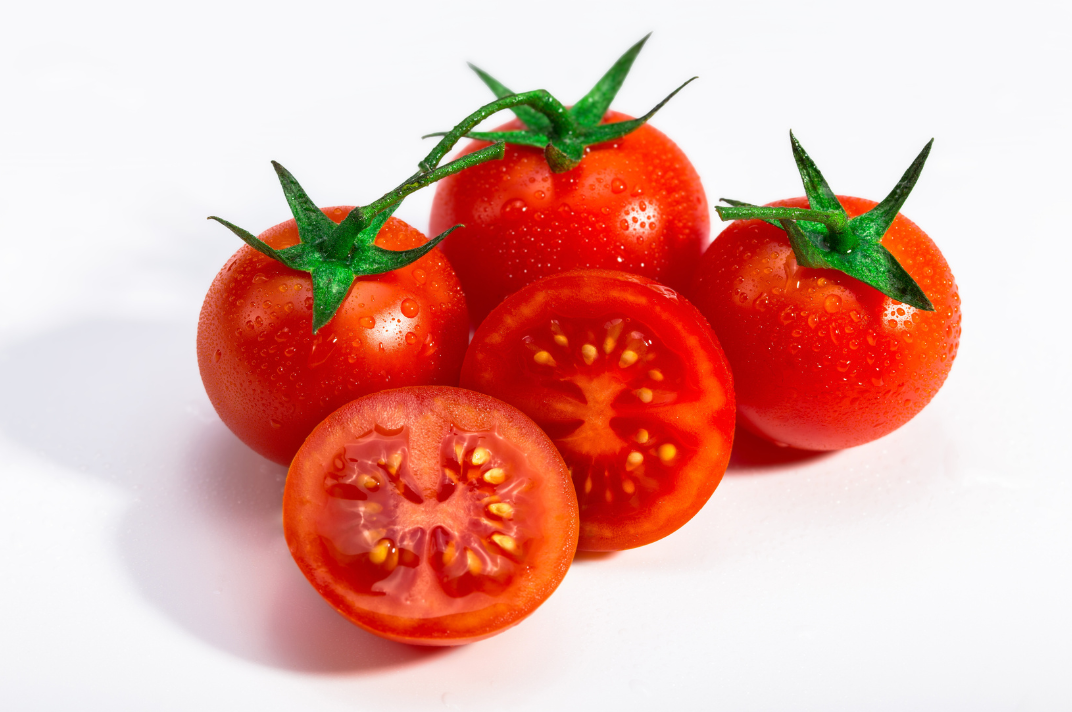GM gene-edited tomatoes to be fed to humans (but no, it's not a food safety study)
By Claire Robinson,
GMWatch
| 09. 29. 2025
Researchers are recruiting vitamin D-deficient subjects to trial the GM tomato.
According to an article on BBC News, the Quadram Institute in Norwich is recruiting 76 people with low vitamin D to take part in the ViTaL-D Study, where some participants will eat soup containing tomatoes that have been genetically engineered via gene editing to contain a vitamin D precursor. When the fruit is placed under ultraviolet light, vitamin D forms.
Pat Thomas from Beyond GM was quoted by BBC News as saying there should be "an abundance of precaution" when it comes to GM foods that people have not eaten before.
While the BBC headlines its article on the GM vitamin D tomato study "Trial uses tomatoes to test impact of gene-edited food on humans" and touts it as probably "the first human trial in the UK", we should be under no illusions. This 21-day study is not a food safety study and it won't "test the impact of a gene-edited food on humans", in the sense of monitoring the health of GM tomato-consuming people over the medium or longer term.
Instead, it will be an efficacy study, where...
Related Articles
By Emily Glazer, Katherine Long, Amy Dockser Marcus, The Wall Street Journal | 11.08.2025
For months, a small company in San Francisco has been pursuing a secretive project: the birth of a genetically engineered baby.
Backed by OpenAI chief executive Sam Altman and his husband, along with Coinbase co-founder and CEO Brian Armstrong, the startup—called...
By Jessica Hamzelou, MIT Technology Review | 11.07.2025
This week, we heard that Tom Brady had his dog cloned. The former quarterback revealed that his Junie is actually a clone of Lua, a pit bull mix that died in 2023.
Brady’s announcement follows those of celebrities like Paris...
By Emily Mullin, Wired | 10.30.2025
In 2018, Chinese scientist He Jiankui shocked the world when he revealed that he had created the first gene-edited babies. Using Crispr, he tweaked the genes of three human embryos in an attempt to make them immune to HIV and...
Public domain portrait of James D. Watson by Cold Spring Harbor Laboratory
and the National Human Genome Research Institute on Wikimedia Commons
James Watson, a scientist famous for ground-breaking work on DNA and notorious for expressing his antediluvian opinions, died on November 6, at the age of 97. Watson’s scientific eminence was primarily based on the 1953 discovery of the helical structure of DNA, for which he, Francis Crick and Maurice Wilkins shared the 1962 Nobel Prize in Physiology or...




